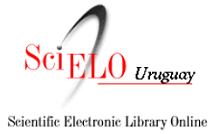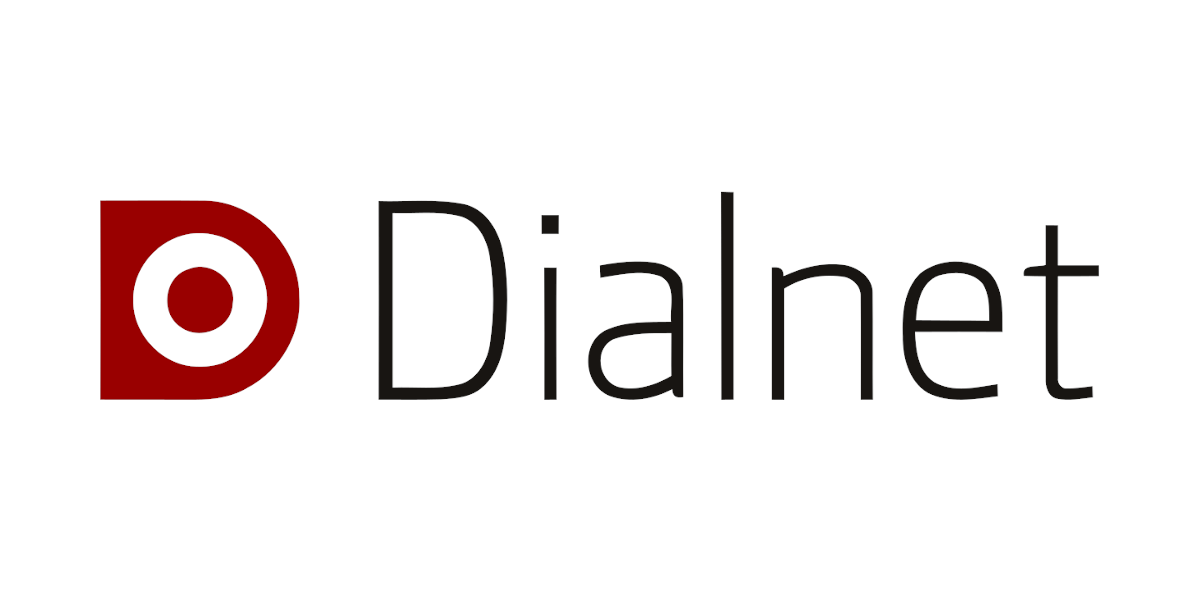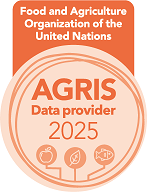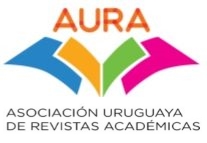Evaluación de aceites esenciales, paredes celulares de levadura y probióticos como alternativas a los coccidiostáticos comerciales en pollos de engorde
Palabras clave:
Coccidiosis, Probióticos, Pollos de engordeResumen
The objective of this study was to evaluate alternative feed additives as replacements for commercial coccidiostats in broiler chickens. Five dietary treatments were evaluated: Positive control (PC): Standard diet with a commercial coccidiostat; Negative control (NC): Diet without coccidiostat or additives; Essential oil (EO): PC supplemented with 600 g/MT of a carvacrol-thymol blend; EO+YCW: EO diet further supplemented with 500 g/MT of yeast cell wall (YCW); EO+YCW+PROB: EO+YCW diet additionally complemented with 600 g/MT of Saccharomyces boulardii 109 colony-forming units (CFU). A total of 3,024 male broiler chicks were used and they were allocated to 108 floor pens in a completely randomized block design with 28 birds per pen and 12 replicates. On day 14 of the grow-out period, all birds were challenged via oral gavage with a mixed inoculum of Eimeria oocysts (20x the standard dose of this vaccine) containing five different strains of Eimeria and two strains of Eimeria maxima. One-way ANOVA was performed with a significance level of 90 % and Dunnett’s test compared treatment means against the positive control (PC). The results showed differences in feed intake at 28 days was higher in the EO+YCW group compared to the PC group. No significant differences were observed for other performance parameters. For the weight of the organs: Bursa weight differed across treatments: EO group showed a higher weight than the PC group at 13 days. The EO, EO+YCW, and EO+YCW+PROB groups displayed lower weight than the PC group at 28 days. Only the EO+YCW+PROB group remained lighter than the PC group at 41 days. Ceca weight followed a similar trend: EO, EO+YCW, and EO+YCW+PROB groups were lighter than the PC group at 13 days, but became significantly heavier for PC at 41 days. Spleen, duodenum, jejunum, and ileum weights showed a similar pattern: treatment groups exhibited lower weight than the PC group at 13 days; PC organ weights surpassed all treatment groups by 41 days. These findings suggest that essential oil, yeast cell wall, and probiotics could serve as partial substitutes for coccidiostats in broiler diets. However, their effectiveness varied with age and organ, indicating a need for tailored management strategies and further research to optimize their application as coccidiostat alternatives. These findings demonstrate tailored management strategies to optimize their use as alternatives to coccidiostats.
Descargas
Publicado
Cómo citar
Número
Sección
Licencia
Derechos de autor 2025 Sociedad de Medicina Veterinaria del Uruguay-Facultad de Veterinaria, Universidad de la República

Esta obra está bajo una licencia internacional Creative Commons Atribución 4.0.











